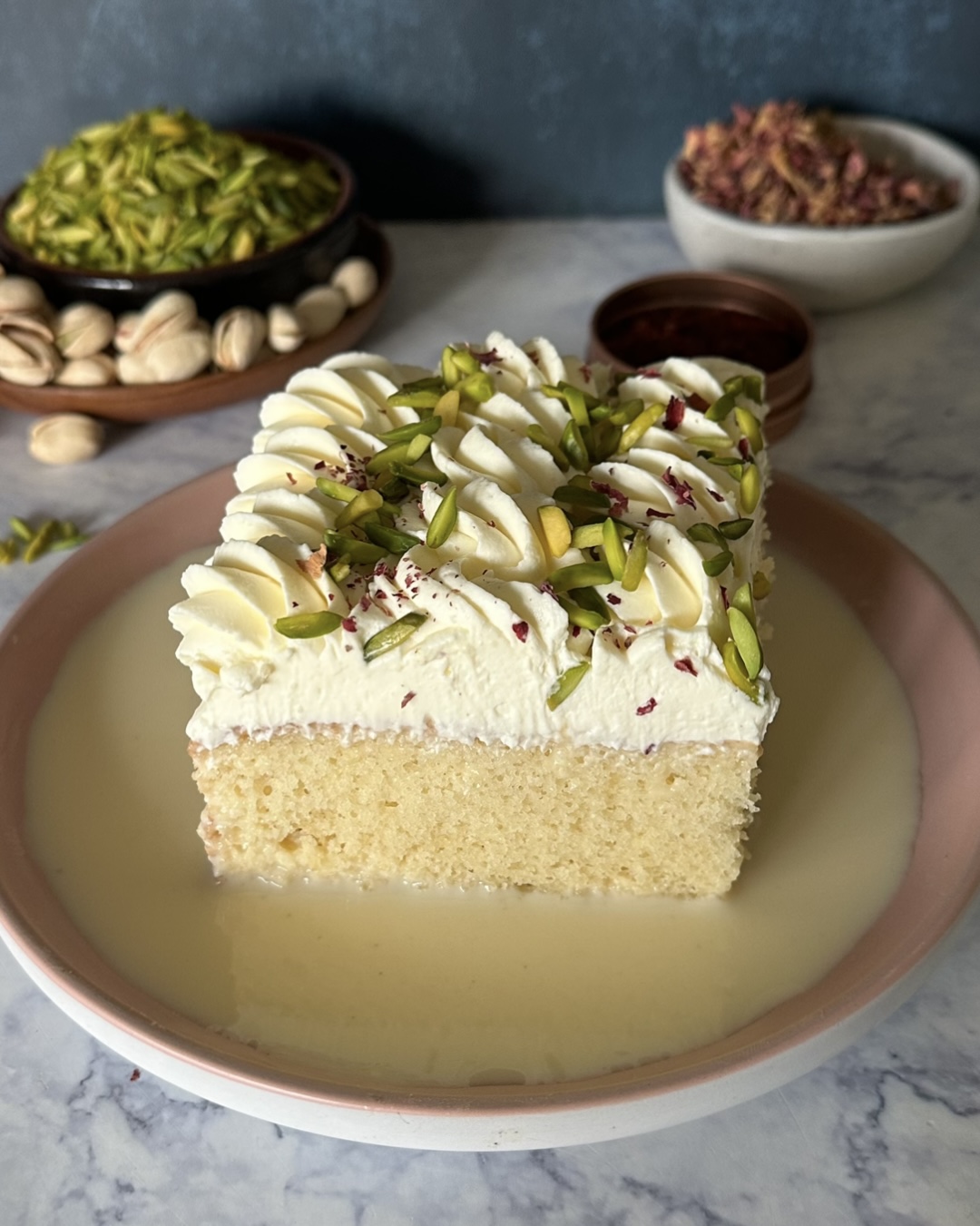KHEER
Kheer is a traditional Indian rice pudding that is creamy, sweet, and aromatic. Made by simmering rice in milk and sugar, this dessert is flavored with cardamom and garnished with nuts like almonds and pistachios. It is a popular dish served during festivals, celebrations, and special occasions, known for its rich and comforting taste. Enjoyed warm or chilled, kheer is a versatile dessert that can be customized with additional ingredients such as saffron or rose water for added flavor.

Ingredients
Instructions
-
1. Thoroughly wash and soak the rice for 3 hours or preferably overnight to soften it.
-
2. In a large pot, pour the milk and bring it to a gentle boil over medium heat.
-
3. Add the cardamom pods to infuse flavor into the milk.
-
4. Drain the soaked rice and add it to the pot of boiling milk.
-
5. Reduce the heat to low-medium and simmer the mixture, stirring occasionally to prevent sticking.
-
6. Allow the rice to cook until it becomes soft, mushy, and fully incorporated into the milk. This process may take around 1.5 to 2 hours.
-
7. Once the rice is cooked, add sugar to sweeten the kheer. Stir well to dissolve the sugar completely.
-
8. Continue cooking the kheer for another 20-25 minutes on low heat, stirring frequently to prevent scorching.
-
9. When the kheer starts to thicken and bubble slightly to your desired consistency., turn off the heat.
-
10. Transfer the kheer to a serving dish immediately and garnish it with chopped almonds and pistachios for added flavor and texture.
-
11. Allow the kheer to cool to room temperature, then refrigerate it for a few hours to chill before serving.
-
12. Serve the chilled kheer as a delightful and traditional dessert option for your family and friends to enjoy.
-
Enjoy your creamy and delicious homemade kheer!
Nutrition Facts
Servings 12
- Amount Per Serving
- Calories 239.1kcal
- % Daily Value *
- Total Fat 8.28g13%
- Sodium 97.85mg5%
- Total Carbohydrate 31.61g11%
- Dietary Fiber 0.24g1%
- Sugars 17.83g
- Protein 9.63g20%
* Percent Daily Values are based on a 2,000 calorie diet. Your daily value may be higher or lower depending on your calorie needs.
Note
1. Stirring is essential to prevent the milk from sticking to the bottom of the pot and burning.
2. Adjust the sugar quantity based on your preference for sweetness.
3. You can customize the kheer by adding other ingredients such as saffron, rose water, or nuts like cashews and raisins.
4. Make sure to cool the kheer completely before refrigerating to prevent condensation in the container.
5. Kheer tends to thicken further as it cools, so you can adjust the consistency by adding a little milk before serving if needed.
6. Serve the kheer chilled for a refreshing treat, or warm it up for a comforting dessert during colder months.
7. Enjoy the kheer on its own or pair it with crispy snacks like puris or jalebis for a delightful combination of flavors and textures.











